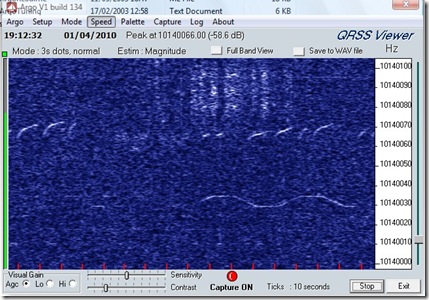The poor mans antenna analyser was brought to my attention by Dave M0GGK. i had been looking for something like this for a long time.
It was designed by Andre, GM3VLB and his article is really interesting reading. He gives full details of how you can build one yourself. I have one built and am in the process of calibrating the meter.
I decided to buy one ready built from Andre and he still has a few more available but he says when they are gone, they are gone :-) he got the beautiful 50ua meters at a good price but there are no more available from that source.
I ordered one from him and it arrived a few days later, i must say it is beautifully made and is a great asset in my shack. Now i don’t have to rely on guess work anymore when building and setting up a new antenna.
check out Andre’s website http://www.gm3vlb.com/general/poor_mans_antenna_analyser.htm
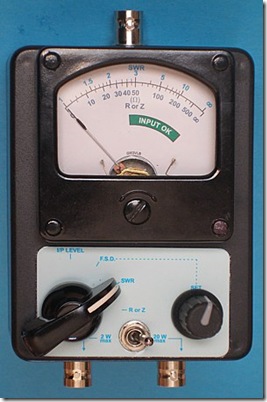
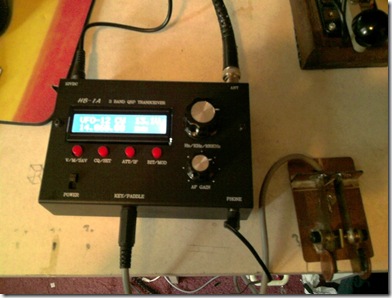
![P260610_22.48_[02] P260610_22.48_[02]](http://lh6.ggpht.com/_fMfoGWY5wE8/TCaE2vaZB6I/AAAAAAAAAOo/zLIjXinWcCA/P260610_22.48_%5B02%5D_thumb%5B1%5D.jpg?imgmax=800)
![P260610_22.48_[03] P260610_22.48_[03]](http://lh4.ggpht.com/_fMfoGWY5wE8/TCaE5E8x2CI/AAAAAAAAAOw/YQpmzQQ76MM/P260610_22.48_%5B03%5D_thumb%5B1%5D.jpg?imgmax=800)
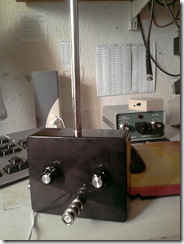
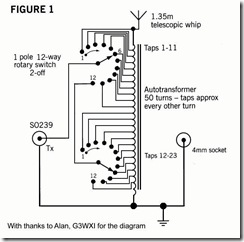
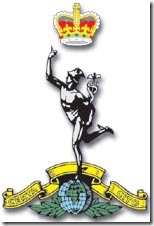
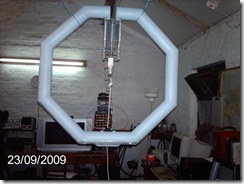

![P130410_22.26_[01] (Medium) P130410_22.26_[01] (Medium)](http://lh6.ggpht.com/_fMfoGWY5wE8/S8TquS-4j9I/AAAAAAAAANU/8r_BlHSaiS4/P130410_22.26_%5B01%5D%20%28Medium%29_thumb%5B1%5D.jpg?imgmax=800)
